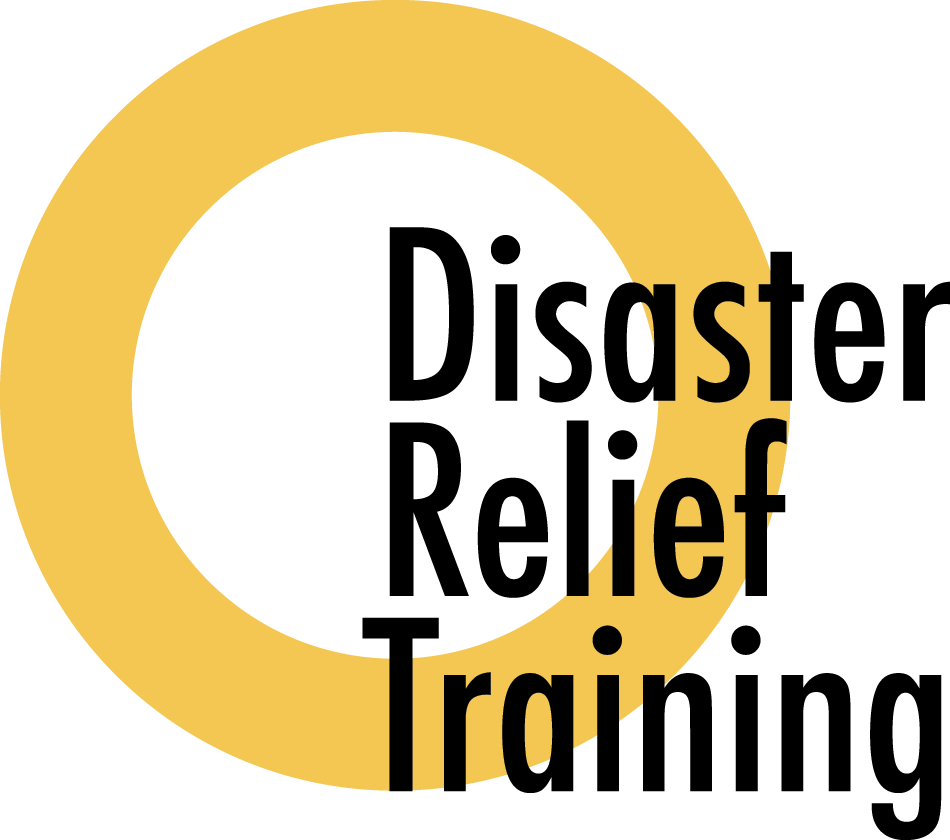When disasters leave 1000s of people without food, clean water, or shelter, your disaster relief organization jumps into action to help those in need. You can do a huge amount of good when you combine your dedicated volunteers with the right training, and you’ll find many reasons online disaster training is the way to go.
1. E-training Is Becoming the Norm
The world e-learning market is expected to be worth $325 Billion within the next five years. And events in 2020 have pushed us even faster in this direction. Before 2020, 77% of corporations used at least some e-training. But as of June 2020, around 98% say they plan to implement better e-training in their organizations. (source)
These organizations are reaping the rewards. Companies that use e-learning have experienced a 42% increase in income over their less tech-invested competitors. Why shouldn’t not-for-profits get a piece of that action–improving productivity and safety for volunteers in any disaster?
2. People Learn Different Ways
E-learning has the potential to combine all of the ways people learn. Online disaster training is both visual and auditory. It also offers those who learn by doing the opportunity to click, choose, and control their learning pace.
Repetition is equally important. This is how our brains form memories.
E-learning is designed to maximize repetition without “feeling repetitive.” And because of that, online training increases retention rates by 25% to 60% (source)
3. Volunteers Want Safer Ways to Recertify
The pandemic has increased the need for a safe way to gain necessary training quickly to keep certifications active.
4. Volunteers Also Want CONVENIENCE.
Every Disaster Relief Director has heard a volunteer say, “when is the next training going to be?” Only to answer that they just missed it! It was last weekend… and they won’t have another one in your area for 6 weeks.
E-learning can be available on-demand. So each time you bring a new volunteer on-board, you can ensure they get the training they need before they go out into the field.
5. Just-in-time Training When You Need It
When new regulations or changing conditions on the ground necessitate new training, e-learning allows you to quickly communicate new procedures and track who has had the training.
6. Standardized Training
Everyone sees the same information, the same way, and answers the same questions. No war stories or getting off-topic in the classroom. No disorganized mentor shadowing systems that leave everyone learning different ways of doing things.
Everyone has the same “teacher” and learns the same way from the start, so there’s less confusion, and everyone can do more for the cause they’ve signed up to support.
7. Learning On-the-Go
No need to waste precious time in a classroom when your volunteers are needed at a disaster site. Volunteers can take e-learning courses on their mobile devices while traveling to a disaster location–as long as someone else is driving.
8. Faster On-Boarding
When disasters strike, fresh new faces show up and want to help. But as a Disaster Relief Director, you cannot take those who are not properly certified and trained, knowing that untrained volunteers may actually hinder the disaster relief process and put people in danger.
E-learning solves this problem since you they can learn on-the-go and be more prepared for in-person training once they arrive.
9. Better Reporting & Completion Tracking
Do you have an Admin trying to keep track of who is certified? What a waste of their valuable time!
Are you certain your training program could stand up to legal critique in the event of a mishap? You can be with a more streamlined way of verifying certifications.
With e-learning, you can pull reports at any time or get scheduled reports for course completions. Get your reports in real-time, so you’re never sending anyone on a mission for which they’re not adequately trained and certified.
E-learning is not a substitute for in-person, hands-on training. No one can learn to operate a chainsaw by watching a video. It’s a supplement. But it’s a valuable one that allows you to build out an effective and consistent training infrastructure on which to grow your organization and live up to your mission.
Want to see for yourself how disaster training can help? We encourage you to schedule a demo.


Recent Comments